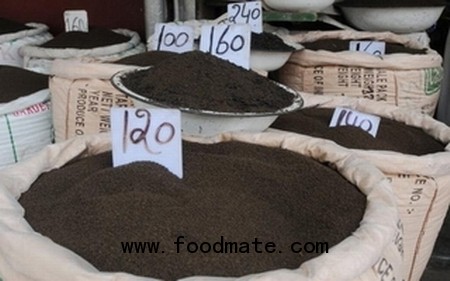
Plantation crops — tea, coffee, rubber and spices — were among the top foreign exchange earners in the country five decades ago. In fact, India accounted for 35 per cent of global tea exports in the 1960s. That has now fallen to less than a third at 11 per cent. Tea is the biggest plantation crop in the country, and the sector is now in dire need of creative and bold initiatives that will put it back on track.
The labour-intensive sector, employing 11 lakh workers, needs measures to encourage investments and value addition and thus realise higher prices. According to the UPASI (United Planters’ Associations of South India), domestic tea production in 2011 was 988.3 million kg (higher than the previous year by 21.9 million kg).
South India is a major cultivation centre in the country for rubber, coffee and spices, and in the case of tea, about 20 per cent of the area under it is in the south. In 2012, South India is expected to report a decline in crop for the fourth consecutive year.
The issues ailing the tea sector in the south are many. Some of them are unique to these plantations — with limited land availability, expansion potential is restricted; though replanting will help increase production, the gardens need to wait for three to four years to see returns from these crops; social costs such as health and housing facilities for workers add to the wage component.
FACTORY SALE
Factory sale price has been encouraging for the last two years. However, the industry is still reluctant to risk investments in value addition, integrated facilities and the like, , which will help the producers get better prices.
AUCTION PRICE
As against an average auction price of about Rs. 80 a kg, the retail price of tea is nearly Rs. 200 a kg. Some of the growers have launched their own brands.
Varieties such as organic tea, green tea, white tea, and flavoured tea are also gradually capturing more shelf space. But, such value additions should be on a larger-scale. Innovative marketing formats will fetch higher prices, increase the per capita consumption and awareness of quality tea too.
The sector should focus on these lines, take the initiative to explore the market — domestic and international — and the Government should also give the required support.
Forums such as the annual conference of the UPASI give an overview on the major plantation sectors — tea, coffee, spices and rubber — and discuss the challenges faced by the industry.
Yet, at this year’s UPASI conference held in late September, the representation from the government and the statutory boards was dismal.
These platforms should be made use of to generate ideas, brainstorm the possible solutions for the challenges and enable the stakeholders interact directly with those at the helm of affairs, as was the case even a few years ago.





